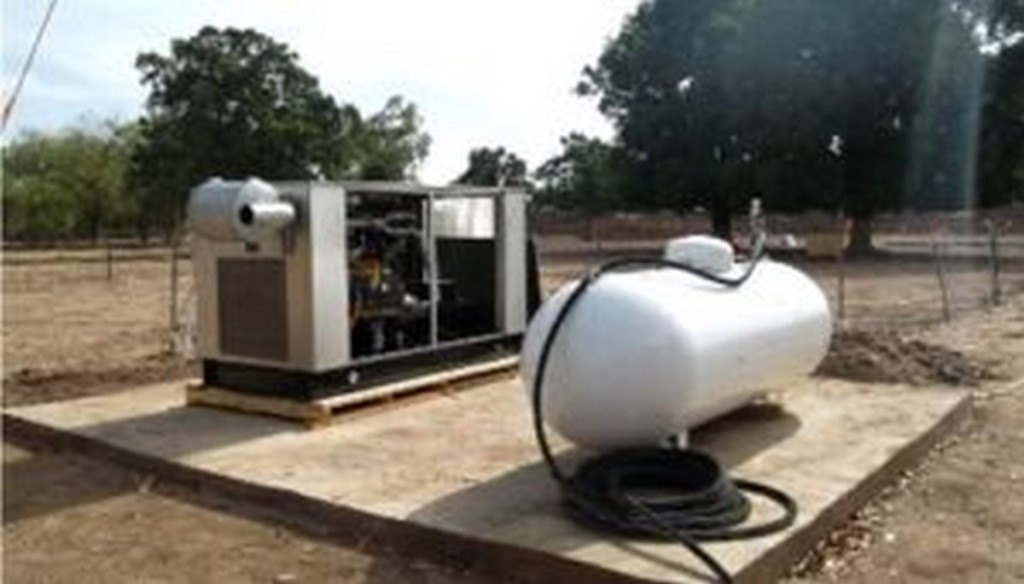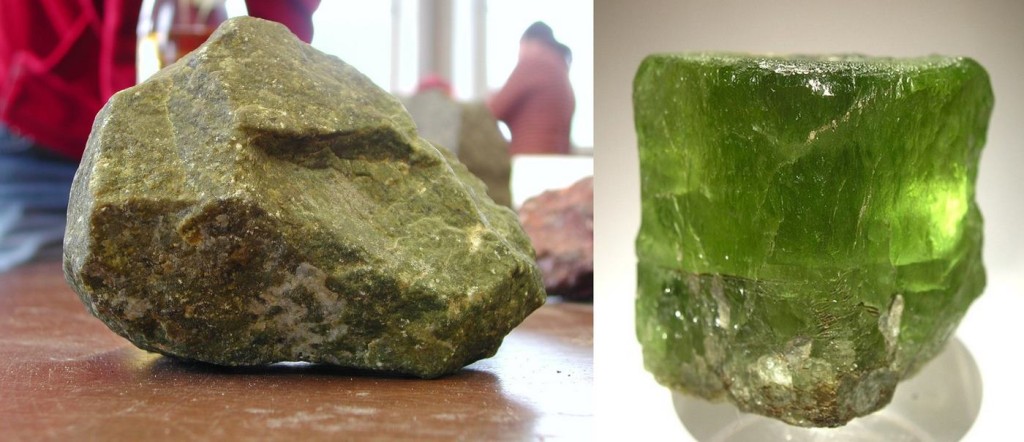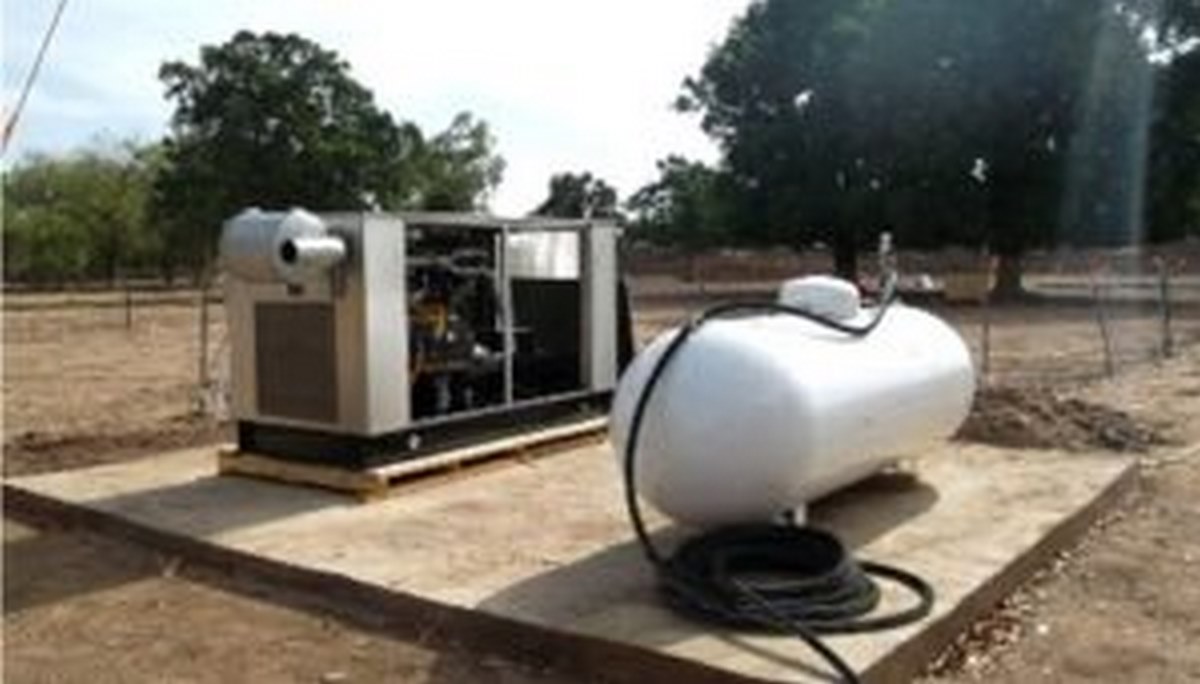
In the beautiful West African country of Mali, a huge discovery has a town drawing a flammable gas from the earth that produces loads of electricity without CO2 emissions.
The town called Bourakébougou was prospected by Malian energy entrepreneur Aliou Diallo, who believed the mysterious gas which in the daytime shone with a blue color like sparkling ocean water, and at night like golden dust, could represent a fortune.
In 2012, he recruited Chapman Petroleum to determine what the gas was. It was 98% hydrogen. Months later, Diallo’s firm Petroma had installed a pilot unit to turn the gas into electricity that produced water as an exhaust product, and transformed the village into one with reliable, plentiful electricity.
In the decade since, belief that a potential inexhaustible natural energy source that’s zero emissions saw scientists and energy companies fly into action, scouring academia and the world for more information on underground hydrogen reservoirs
In 2018, a science team published a paper on the Bourakébougou hydrogen well, which concluded from evidence obtained from a dozen exploratory wells in the vicinity that it was “possible to confirm the presence of an extensive hydrogen field featuring at least five stacked reservoir intervals containing significant hydrogen that cover an estimated area well superior to 8 km in diameter.”
Furthermore, the study found that the current estimate of its exploitation price is much cheaper than manufactured hydrogen, either from fossil fuels or from electrolysis.
Cratons and cash
It was long believed, a feature in Science Magazine details, that hydrogen gas reservoirs were extremely rare. It’s rare to find them in places where energy companies drill for oil and natural gas, true, but if one knows where to look, they’re more common.
One such place are Earth’s “cratons,” the oldest and stablest parts of the tectonic plates. Some continents have more than one craton, others like the North American craton, are much larger and so cover most of the continent.

Unlike oil and gas which need thousands of years to form from decomposing organic matter, hydrogen gas is constantly being made underground as water interacts with iron minerals at high pressures and temperatures.
Among these iron minerals is olivine, which through a chemical reaction called serpentinization, steals an oxygen molecule from water percolating down from Earth’s surface to transform olivine into serpentinite, and the water into hydrogen gas.
MORE HYDROGEN NEWS: Researchers Can Now Make Clean Hydrogen Fuel By Pulling it Directly From Seawater—No Filtering Required
Deposits of olivine are richest in an underground, cratonic feature called a “greenbelt.” It’s thought that these greenbelts, because of their high concentration of olivine, act as Earth’s hydrogen gas engine.
Hydrogen fuel has huge potential to transition off fossil fuels as it’s the best currently perceived alternative for diesel or kerosene-based transport such as semi-trucks, jet aircraft, and cargo ships.
MORE ON ENERGY: World’s First 100% Hydrogen-Powered Trains Now Running Regional Service in Germany to Replace Diesel
Currently, the Malian wells could produce hydrogen gas at 50 cents per kilo, one-tenth of the cost of hydrogen created through electrolysis with solar, wind, geothermal, or other green energies.
Ian Munro, CEO of Helios Aragon, a startup pursuing hydrogen in the foothills of the Spanish Pyrenees, told Science his break-even costs might end up between 50 and 70 cents, adding that would revolutionize energy production.
As for Diallo, he started a new company called Hydroma, which now produces electricity for the area via the hydrogen reservoir, and is looking into using it as a means to create green hydrogen via electrolysis.
SHARE This ‘Groundbreaking’ Development In Earth’s Clean Energy…




















